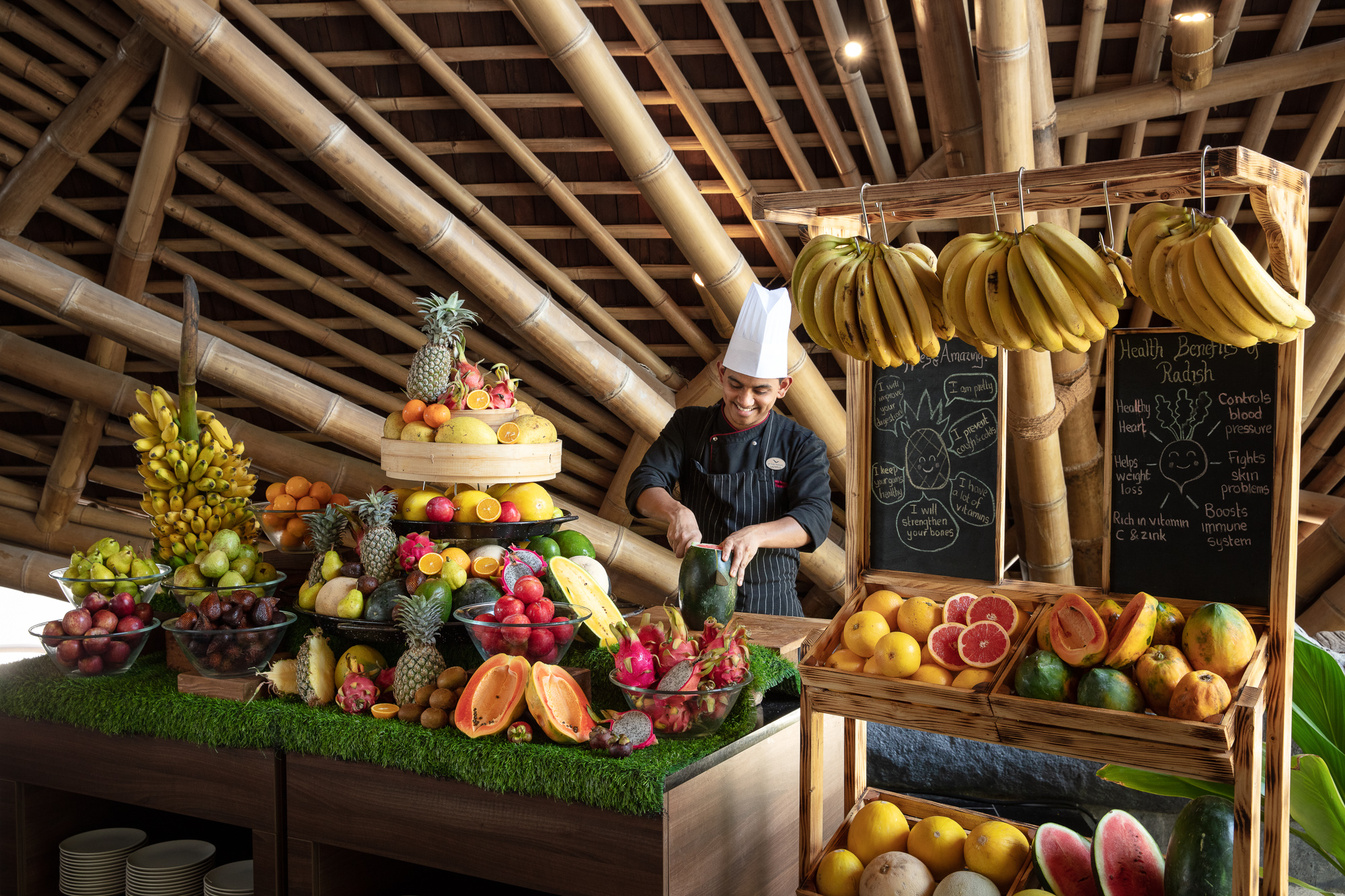


Culinary tourism, also known as food tourism, has gained immense popularity in recent years as travellers increasingly seek immersive experiences that go beyond traditional sightseeing. This emerging trend involves exploring destinations through their unique culinary offerings, local cuisine, and authentic food experiences. In this article, we will delve into the world of culinary tourism and explore its significance in tapping into the foodie travel market.
Foodie travel has become a major driving force in the tourism industry, attracting a diverse range of travellers, from millennials to seasoned adventurers. According to a study conducted by the World Food Travel Association, a significant 77% of millennial leisure travellers embark on trips specifically to enjoy memorable eating and drinking experiences [1]. Additionally, Gen Z, the generation born after 1996, has also emerged as a promising market segment for culinary tourism. Despite their young age and fewer travel experiences, Gen Z travellers are strongly motivated by exploring local food and drink during their journeys.
Culinary tourism offers travelers the opportunity to delve into the heart of a destination’s culture and traditions through its cuisine. By immersing themselves in local food experiences, tourists gain a deeper understanding of the region’s history, heritage, and way of life. Culinary trails, cooking classes, food festivals, guided food trips, and farm weekends are just a few examples of activities that culinary tourists can engage in to enhance their knowledge and appreciation of local cuisines [5].

Featured Image: Mövenpick Resort Kuredhivaru Maldives
The culinary tourism market has experienced remarkable growth in recent years, and its upward trajectory is projected to continue. According to a report by Future Market Insights, the global culinary tourism market was estimated to reach a value of nearly US$ 977.3 billion in 2022 and is expected to reach a staggering US$ 4,530.9 billion by 2032, exhibiting a compound annual growth rate (CAGR) of 16.6% during the forecast period [4]. Another report by IMARC Group predicts that the market will reach US$ 2,114.2 billion by 2028, with a CAGR of 17.68% from 2023 to 2028 [8]. This substantial growth underscores the immense potential and profitability of the culinary tourism industry.
Culinary tourists are not solely focused on food; they seek comprehensive experiences that encompass various aspects of a destination. Travel advisors have recognized the need to cater to the broader interests of culinary travellers. By identifying and marketing additional experiences such as historical and cultural attractions, shopping, tours, live performances, and local events like food trucks and food carts, travel advisors can enhance the overall travel experience for food enthusiasts.
As culinary tourism gains prominence, destinations around the world are actively embracing this trend and leveraging their unique culinary heritage to attract visitors. Some notable destinations that have become culinary hotspots include Italy, France, Japan, Thailand, Mexico, and Peru. These destinations have successfully capitalized on their rich culinary traditions, local ingredients, and vibrant food scenes to create unforgettable experiences for food-loving travellers.
To effectively tap into the foodie travel market, destinations should focus on promoting local pride by offering diverse and authentic culinary experiences. They should also prioritize quality tourism by ensuring that food and beverage offerings meet the expectations of discerning travellers. Additionally, collaborations between the tourism industry, local communities, and food businesses are crucial for fostering economic growth and sustainability within the culinary tourism sector.
Culinary tourism has emerged as a powerful force in the travel industry, capturing the attention of food enthusiasts around the world. With its ability to provide unique and immersive experiences that blend food, culture, and travel, culinary tourism is tapping into the foodie travel market and driving economic growth in destinations across the globe. By embracing this trend, destinations can attract a new wave of travellers and showcase their rich culinary heritage, while travellers can indulge in authentic flavours and create lasting memories through their culinary adventures.
Featured Cover Image: Kagi Maldives Spa Island